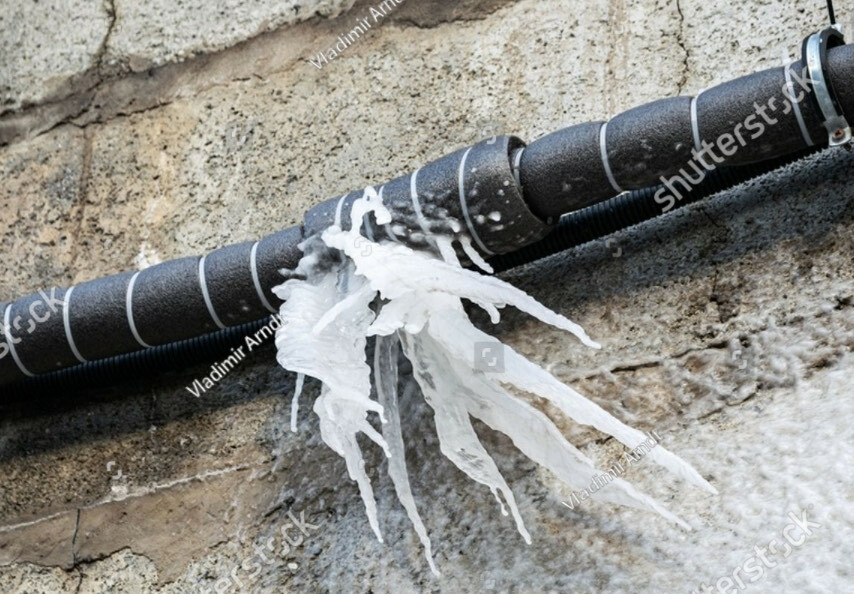13 Jan. 25
Winterizing Your Plumbing Pipes: A Guide to Preventing Frozen Pipes

As temperatures drop, your plumbing system becomes vulnerable to freezing, which can lead to burst pipes and costly repairs. Winterizing your pipes is a crucial step to protect your home during the cold months. Here’s a quick guide to keep your plumbing safe this winter.
- Insulate Exposed Pipes Exposed pipes in unheated areas, such as basements, attics, or crawl spaces, are most at risk of freezing. Use foam pipe insulation or heat tape to cover these pipes. Insulating your pipes minimizes heat loss and helps maintain water flow.
- Seal Drafts Check for drafts around windows, doors, and entry points where pipes pass through walls. Use caulk or weather stripping to seal gaps and prevent cold air from freezing pipes.
- Disconnect Outdoor Hoses Remove and drain garden hoses before storing them for the season. Leaving hoses connected to outdoor faucets can cause water to freeze and expand, potentially damaging the faucet and connected pipes. Shut off water supply to outdoor spigots if possible and cover them with insulated caps.
- Let Faucets Drip On extremely cold nights, allow a small trickle of water to flow through your faucets, especially for pipes along exterior walls. Moving water is less likely to freeze, reducing the risk of pipe bursts.
- Open Cabinet Doors For pipes under sinks, open cabinet doors to let warm air circulate. This is especially important for plumbing located along exterior walls.
- Keep Your Home Warm Maintain a consistent indoor temperature, even if you’re away. Set your thermostat to at least 55°F to prevent interior pipes from freezing.
- Shut Off Water When Traveling If you’re leaving home for an extended period, shut off the main water supply and drain your pipes. This precaution helps avoid catastrophic damage if a pipe freezes and bursts while you’re away.
- Know the Signs of Frozen Pipes If water flow slows or stops, or you notice frost on your pipes, take immediate action. Use a hairdryer or heat wrap to gently thaw the pipe—never use an open flame.
Winterizing your plumbing is a simple yet essential step to protect your home. Spending a little time now can save you from costly repairs and a big headache later. Stay proactive and enjoy a worry-free winter!


